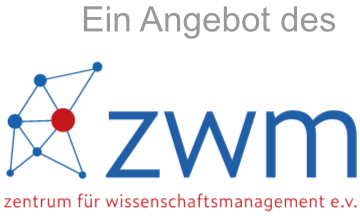Sie sind hier
Public funding of European higher education represents approximately 1% of GDP. In contrast, private funding represents only 0.1% of GDP. As many OECD countries are even reducing their contributions to higher education funding, private means of financing loom large in the discussion about how to finance students’ education in the long run. Most notably, the chances created by introducing tuition fees are stressed. However, as Tim Rogers points out, the introduction of tuition fees may have unexpected side effects. Ironically, an increase in tuition fees is often followed by an intensified demand, as high fees raise service level expectations. Secondly, the influx of students' money is just a first step towards securing long-term financing. In this respect, the challenge is to use the new resources effectively. How to tackle these challenges? According to Rogers, a number of pricing tactics can help to set a price that enables to control students’ expectations and an institutions capacity to absorb additional resources.
Quellen:GATE-Germany Marketing-Kongress, June 30 2006
- Bisher keine Ordner/Dateien vorhanden.
-
Rogers.pdf
37.97 KB | 27.05.14 ( )
-
Keine Inhalte


